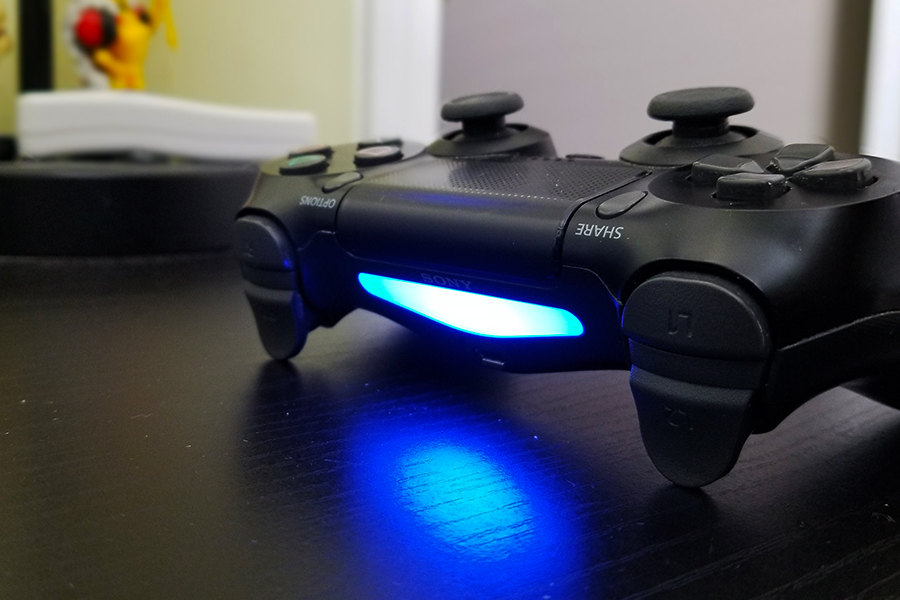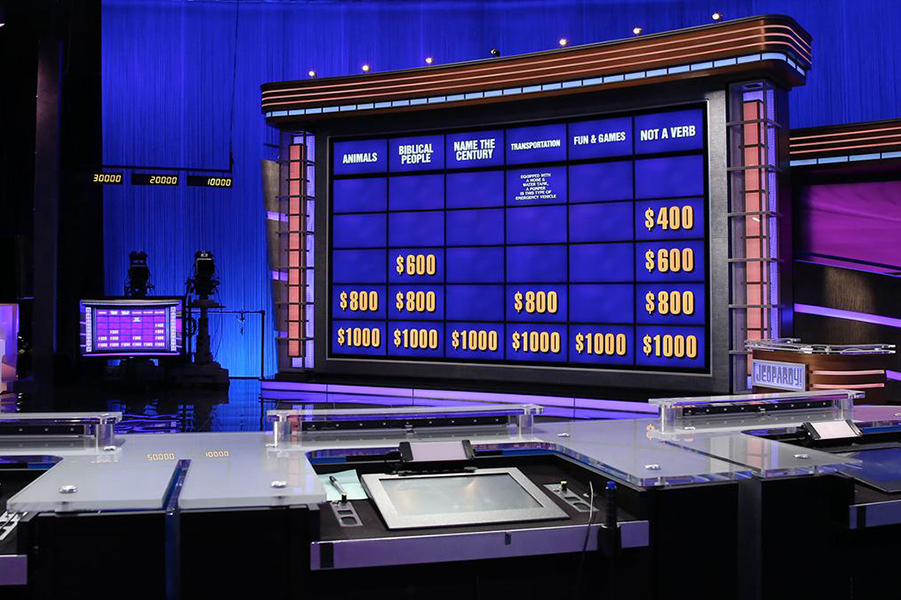As video games in the triple-A sphere try to be more cinematic, so does their music. The jaunty, melodic bleeps and bloops from games on the Nintendo Entertainment System have evolved into sweeping scores performed by massive orchestras.
While there are still plenty of smaller indie games whose soundtracks hearken back to the 80s and 90s, most music in that style has had to exist in a space outside your home game console: Chiptune.
Since its introduction in the late-70s through groups like Yellow Magic Orchestra, chiptune has allowed artists to celebrate the sounds of retro games while embracing the limitations of the hardware that makes it.
Although it can be composed through high-end software and synthesizers, much of chiptune music is still made on old consoles like the NES, Commodore 64 and the Game Boy.
For this new episode of [Indi]android, we met up with Indianapolis-based chiptune artist Aaron, who goes by the name Defense Mechanism, at pinball arcade the PinVault.
Defense Mechanism writes all of his songs directly on his Game Boy, thanks to a piece of software called Little Sound DJ (LSDJ).
Through years of experimentation with LSDJ, chiptune artists have been able to bend the handheld’s four sound channels to create impressive compositions. For instance, at a chiptune show you might see an artist connecting two Game Boys through the system’s Link Cable in the way that a traditional DJ would have two turntables in their setup.
In the video above, we’ll talk with Defense Mechanism about what got him writing chiptune music and have him show us a few tricks in LSDJ.
For more of Defense Mechanism’s music, including his newest EP Sunburst, head to his website.








